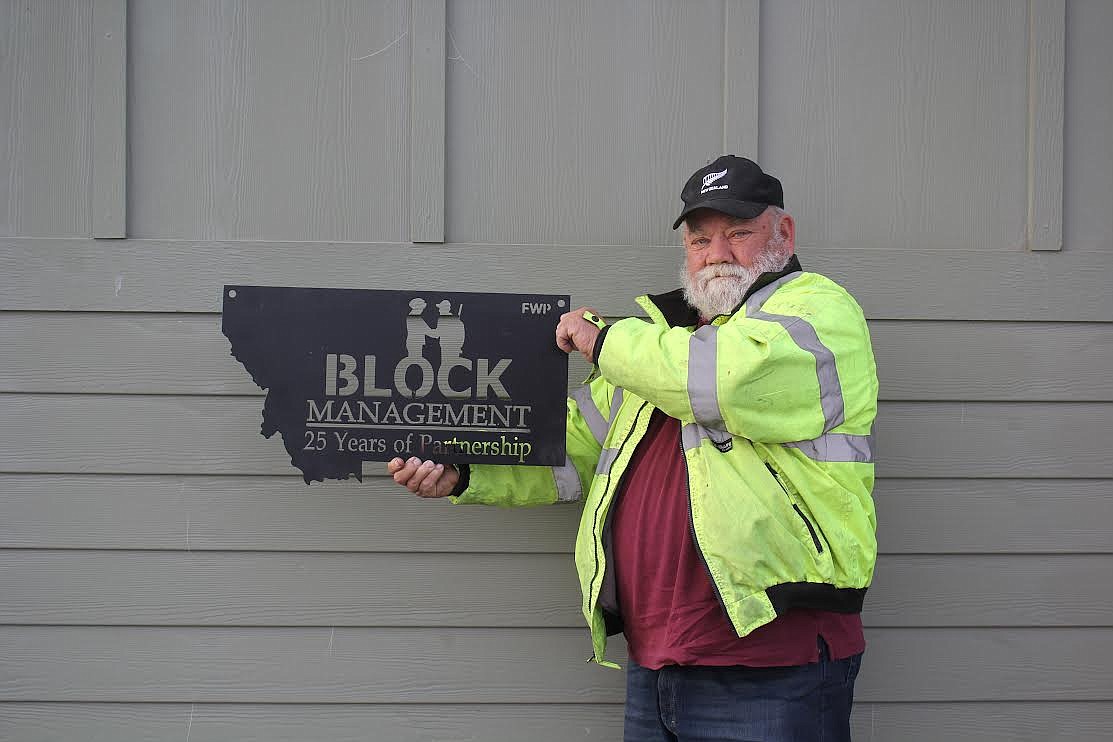Twenty-five years of Block Management Access in Montana
Montana’s culture of hunting on private property remains the same in many areas as it was a half century ago.
The hunter(s) drive up the driveway of the property owner to their house and walk up to the back door...
Become a Subscriber!
You have read all of your free articles this month. Select a plan below to start your subscription today.
Already a subscriber? Login



